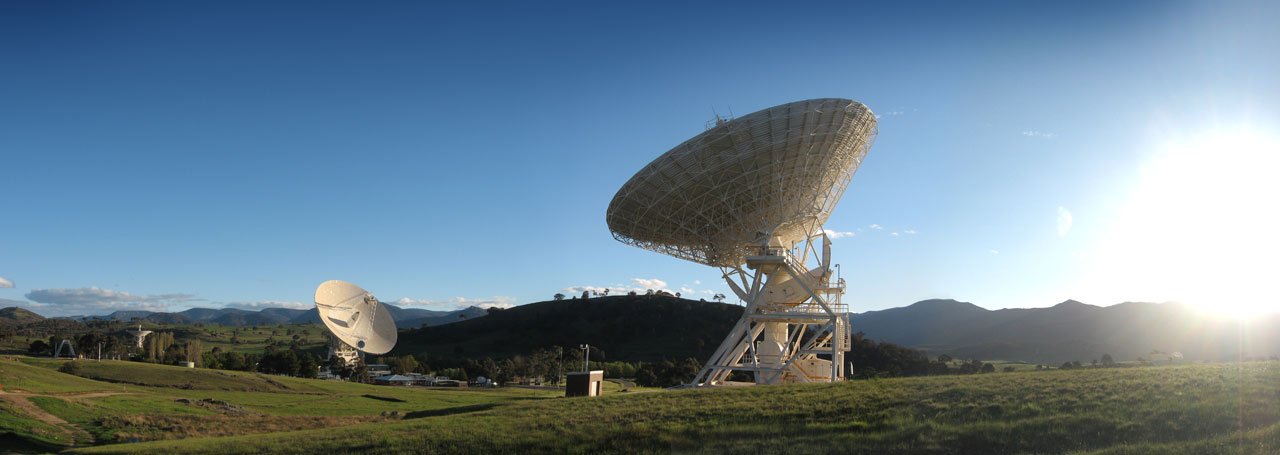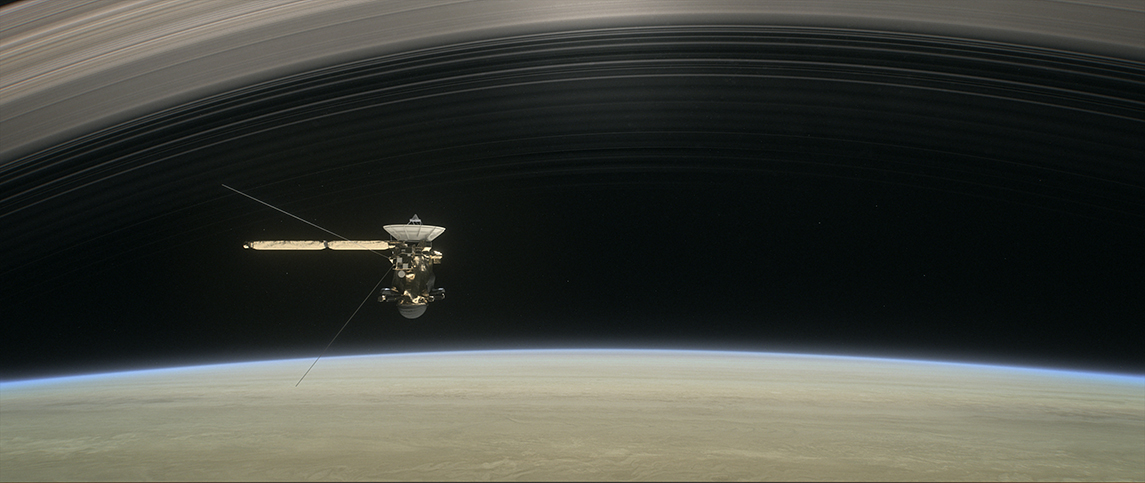We’re broadcasting live… from Saturn as we farewell Cassini
World Science Festival Brisbane has been selected as one of only 30 agencies and individuals to attend the live-streamed #GrandFinale and final broadcast of data from NASA’s Saturn Cassini mission.
On Friday 15 September 2017, NASA’s Cassini spacecraft will complete its remarkable story of exploration with an intentional plunge into Saturn’s atmosphere, ending its mission after nearly 20 years in space.
Taking place at the Canberra Deep Space Communication Complex, part of NASA’s global network of radio telescopes, the #GrandFinale event will raise the profile of space exploration and the associated science by sharing this extraordinary history-making event across the globe with as many people as possible.
From sunny Cape Canaveral, to sling-shotting around Venus (twice) and on through the asteroid belt…Twenty years ago humanity launched a mission to broaden our understating of the solar system, unlock extraordinary secrets of Saturn and its moons, and continue the search for the building blocks of life.
The end of the Cassini mission is an important milestone in the history of space exploration and NASA, together with the World Science Festival Brisbane, will share this moment with the rest of the world.
As Cassini flies past Saturn, the spacecraft will collect some incredibly rich and valuable information that was too risky to obtain earlier in the mission.
The spacecraft will make detailed maps of Saturn’s gravity and magnetic fields, revealing how the planet is arranged internally, and possibly helping to solve the mystery of just how fast Saturn is rotating. The final dives will vastly improve our knowledge of how much material is in the rings, bringing us closer to understanding their origins.
Cassini’s particle detectors will sample icy ring particles being funnelled into the atmosphere by Saturn’s magnetic field and its cameras will take amazing, ultra-close images of Saturn’s rings and clouds.
Cassini’s final images will be sent to Earth several hours before its final plunge, but even as the spacecraft makes its dive into the planet’s atmosphere, it will continue to send new data in real time to Earth. Key measurements will come from its mass spectrometer, which will sample Saturn’s atmosphere, telling us about its composition, until contact is lost.
While it’s always sad when a mission comes to an end, Cassini’s finale plunge is a truly spectacular finale for one of the most scientifically rich voyages yet undertaken in our solar system. From its launch in 1997 to the unique #GrandFinale science of 2017, the Cassini-Huygens mission has racked up a remarkable list of achievements.
Join the Conversation
You can be part of this history-making event by joining the live conversations and broadcast. Live updates and content during the event will be shared via the World Science Festival Brisbane’s social media channels including Facebook/WorldScienceFestivalBrisbane, Twitter @WSFBrisbane and Instagram @WorldScienceFestivalBrisbane, using the hashtags #CassiniAUS #GrandFinale
Follow along with NASA’s Jet Propulsion Labs @NASAJPL and nasa.gov/ntv , and with @CanberraDSN for all the Cassini updates.
The Journey to the end
By 2017, Cassini will have spent 13 years in orbit around Saturn, following a seven-year journey from Earth. The spacecraft is running low on the rocket fuel used for adjusting its course. If left unchecked, this situation would eventually prevent mission operators from controlling the course of the spacecraft, potentially placing it on a collision course with two of Saturn’s unique moons.
Saturn’s moons, Enceladus and Titan, have captured news headlines over the past decade as Cassini data revealed their potential to contain habitable – or at least “prebiotic” – environments.
“The Enceladus discoveries have changed the direction of planetary science,” said Linda Spilker, Cassini project scientist at NASA’s Jet Propulsion Laboratory. “Multiple discoveries have increased our understanding of Enceladus, including the plume venting from its south pole; hydrocarbons in the plume; a global, salty ocean and hydrothermal vents on the seafloor. They all point to the possibility of a habitable ocean world well beyond Earth’s habitable zone. Planetary scientists now have Enceladus to consider as a possible habitat for life.”
In order to avoid the unlikely possibility of Cassini someday colliding with one of these moons, NASA has chosen to safely dispose of the spacecraft in the atmosphere of Saturn. This will ensure that Cassini cannot contaminate any future studies of habitability and potential life on those moons.
About the Deep Space Network
When it comes to making a long-distance call, it’s hard to top NASA’s Deep Space Network. It’s the largest and most sensitive scientific telecommunications system in the world.
The Deep Space Network – or DSN – is NASA’s international array of giant radio antennas that supports interplanetary spacecraft missions, plus a few that orbit Earth. The DSN also provides radar and radio astronomy observations that improve our understanding of the solar system and the larger universe.
The DSN is operated by NASA’s Jet Propulsion Laboratory (JPL), which also operates many of the agency’s interplanetary robotic space missions.
The DSN consists of three facilities spaced equidistant from each other – approximately 120 degrees apart in longitude – around the world. These sites are at Goldstone, near Barstow, California; Madrid, Spain; and Canberra, Australia. The strategic placement of these sites permits constant communication with spacecraft as our planet rotates – before a distant spacecraft sinks below the horizon at one DSN site, another site can pick up the signal and carry on communicating.
The antennas of the Deep Space Network are the indispensable link to explorers venturing beyond Earth. They provide the crucial connection for commanding our spacecraft and receiving their never before seen images and scientific information on Earth, propelling our understanding of the universe, our solar system and ultimately, our place within it.
At The Canberra Deep Space Communication Complex (CDSCC) scientists, researchers and communicators work alongside NASA and the Jet Propulsion Laboratory to deliver a worldwide communications system to maintain two-way radio contact with dozens of robotic missions from NASA and other international space agencies, that are exploring our Solar System and beyond.
Managing the Australian facility on NASA’s behalf is our national science body, the CSIRO (Commonwealth Scientific and Industrial Research Organisation). The facility is operated by a team of 90 of the best engineers, technicians and administration and spacecraft communication people in the world. While the CDSCC is an Australian-operated, CSIRO-managed facility, it is fully funded by NASA.
Content and images supplied by NASA Jet Propulsion Laboratory and the Canberra Deep Space Communication Complex, CSIRO.



